You can infuse blooms into handmade soap in five beautiful ways: dry and prepare flowers properly before incorporation, create oil infusions to capture floral properties, develop natural colorants from vibrant petals, add dried flowers as decorative elements on soap surfaces, or integrate blooms differently based on cold process or melt-and-pour methods. Each technique offers unique benefits for crafting visually stunning, naturally aromatic soaps. Let's explore how these methods transform ordinary bars into botanical works of art.
Drying and Preparing Flowers for Soap Making
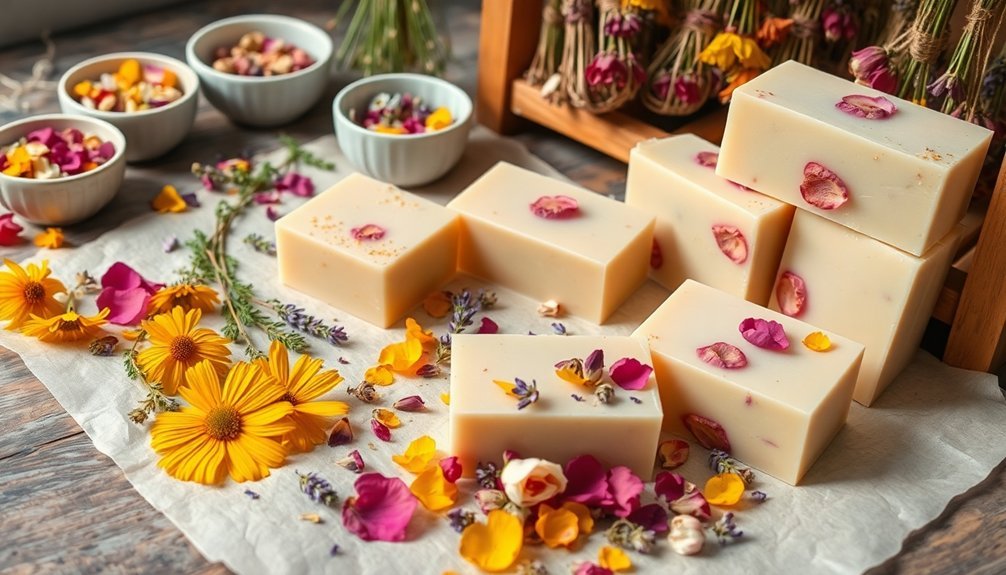
While creating handmade soaps with botanical elements requires some preparation, the stunning results are well worth the effort.
Start by hanging your flowers upside down in a well-ventilated space, ensuring they don't touch to prevent mold and allow even drying.
For quicker preparation, you can wilt fresh blooms overnight before infusion to reduce moisture content.
Once dried, store your botanical treasures in airtight containers in a cool, dark place to preserve their fragrance and color for up to six months.
When incorporating dried flowers into your soap making recipes, use about 1/2 to 1 teaspoon of finely pulsed petals per pound of soap.
For vibrant results, choose flowers with strong natural pigmentation like calendula or consider infusing them into oils for longer-lasting color effects.
Oil Infusion: Capturing Floral Essences
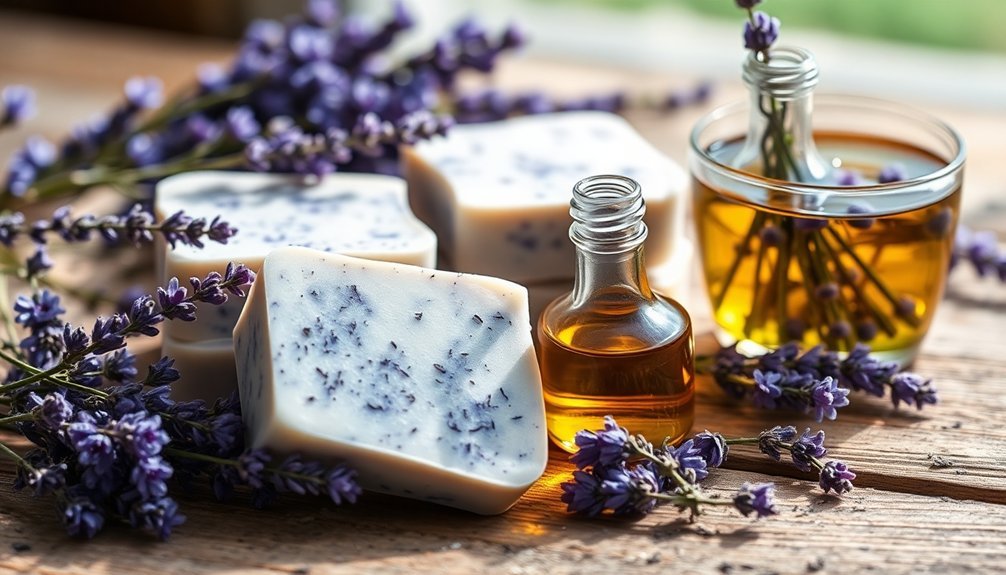
Beyond simply sprinkling dried botanicals into your soap, oil infusion offers a deeper method for capturing floral essences. Create your infused oil by filling a canning jar halfway with dried flowers, then pour olive oil over them until fully submerged. Let steep for 4-6 weeks, or accelerate the process by heating in a water bath for 2-3 hours.
| Method | Ratio | Storage |
|---|---|---|
| Cold Infusion | 25g flowers:500g oil | Up to 1 year |
| Heat Infusion | Same ratio | Cool, dark place |
| Best Oil Type | Extra virgin olive oil | Sealed container |
When adding your floral infused oil to soap recipes, you'll enjoy enhanced color and subtle scent, though some fragrance may diminish during saponification. This technique captures floral essences more thoroughly than simply adding raw botanicals.
Creating Natural Colorants From Petals and Blooms
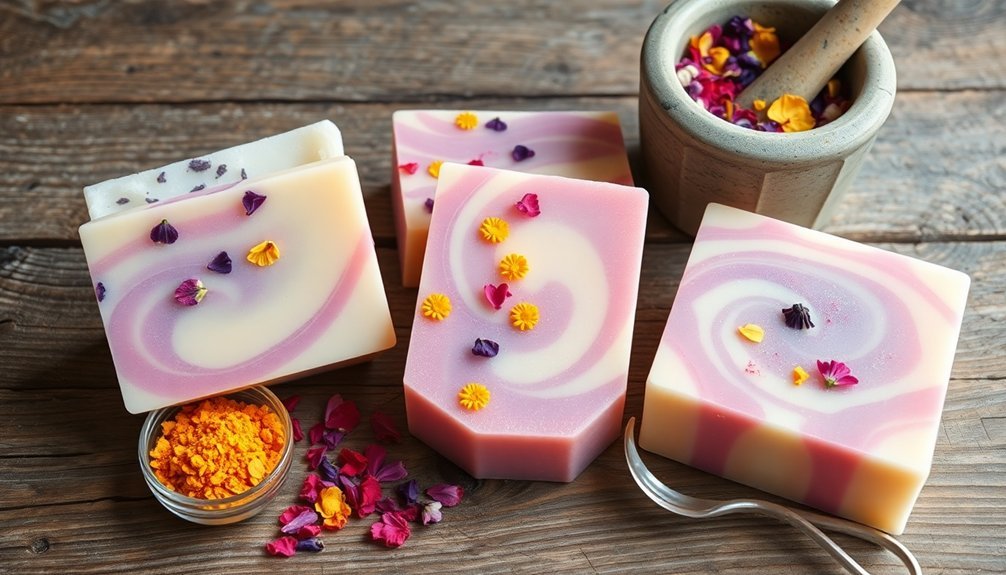
Three remarkable color possibilities await when you harness the pigments naturally present in flower petals for your soap creations. By infusing oils with dried flower petals, particularly calendula, you'll reveal vibrant colors ranging from yellow to deep orange for your soap making projects.
For best results, steep your chosen flower varieties in carrier oil for 4-6 weeks, allowing time for complete color infusion.
Need quicker results? Heat your petal-oil mixture in a double boiler for just a few hours to achieve immediate color transfer.
Remember that infused oils provide better consistency than adding fresh or dried flowers directly to soap batter, which often leads to discoloration and browning.
For the most intense hues, select specific varieties like calendula officinalis, whose rich pigments create stunning, natural colorants without artificial additives.
Surface Decoration Techniques With Dried Botanicals
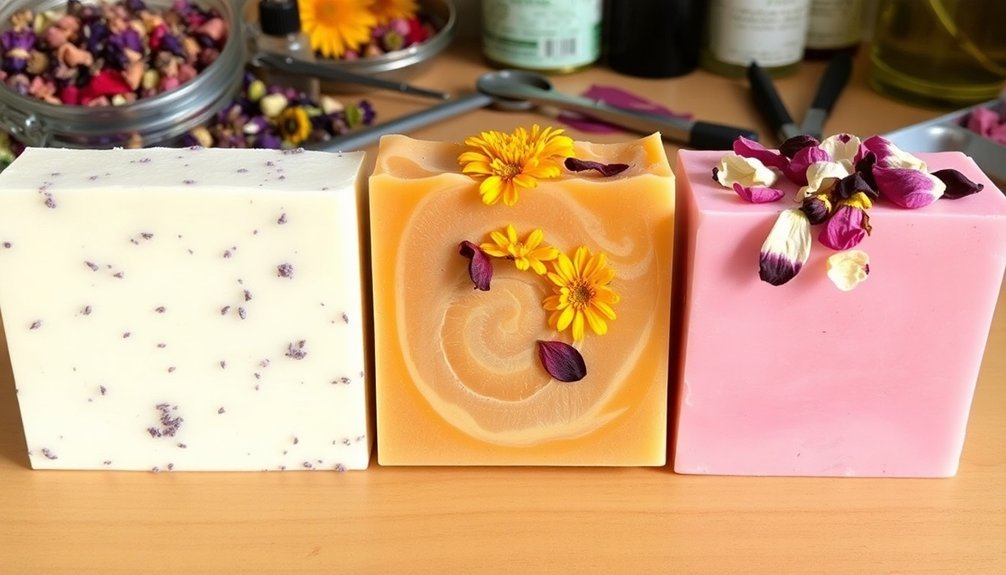
Once your soap has fully cured, you'll discover numerous ways to enhance its appearance with dried botanicals.
By waiting until the curing process is complete, you'll prevent moisture absorption that often leads to discoloration in your decorative elements.
To decorate soap with dried flowers, lightly spray the surface with witch hazel or isopropyl alcohol before applying your botanicals. This helps them adhere securely to your soap bars.
Choose flowers known for excellent color retention, such as lavender and calendula, which maintain their vibrancy over time.
For an elegant touch, try using pressed flowers on the surface using the same alcohol spray technique.
When packaging your finished products, scatter additional dried botanicals around your soap bars to create an attractive presentation perfect for gifting or selling your handcrafted creations.
Cold Process vs. Melt and Pour Flower Integration
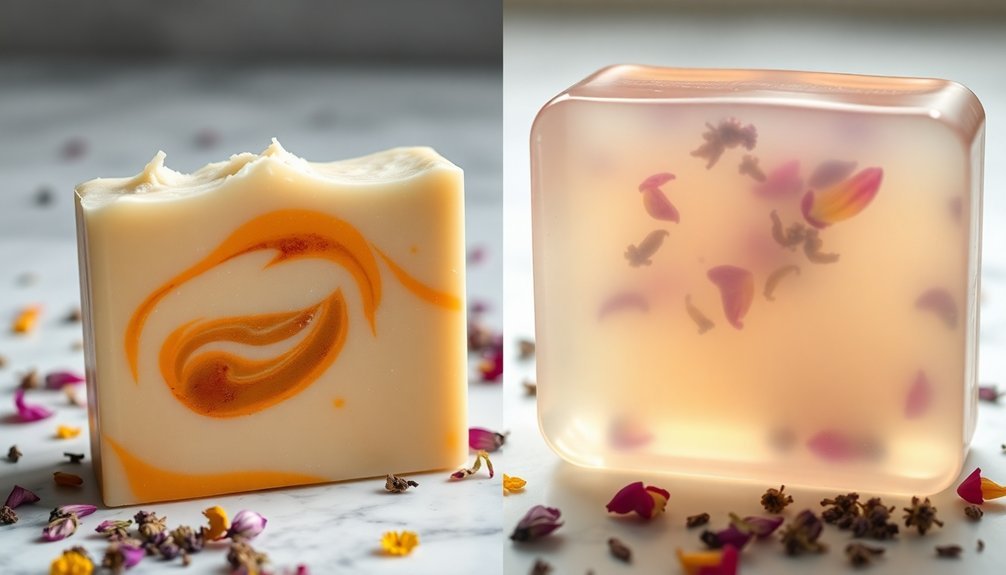
When deciding how to showcase botanical elements in your soap, understanding the differences between cold process and melt and pour techniques becomes crucial.
Cold process soap allows you to mix dried flowers directly into the soap batter, though most will brown during saponification. Calendula flowers are an exception, retaining their vibrant color. You can also infuse oils with botanicals before mixing with lye for added benefits.
Melt and pour soap offers quicker results with no curing period, unlike cold process which requires 4-6 weeks.
You'll find it easier to integrate flowers as decorative elements between clear layers without discoloration risks. Remember to spray isopropyl alcohol between layers to eliminate bubbles and guarantee proper adhesion when incorporating your botanical elements.
Frequently Asked Questions
How Do You Add Flowers to Homemade Soap?
To add flowers to homemade soap, you'll get best results using dried flowers infused into oils or sprinkled on top. You can also puree fresh ones, but they're riskier. Use 1/2-1 teaspoon per pound.
How to Prevent Dried Flowers From Turning Brown in Soap?
To prevent dried flowers from turning brown in soap, don't mix them directly into the batter. Instead, add them decoratively after 24-hour curing, infuse them in quality oils first, and store them properly pre-use.
What Flowers Don't Turn Brown in Soap?
You'll find calendula, chamomile, and forsythia flowers maintain their colors without browning in soap. Dried lavender holds its purple hue for months, while rose petals experience minimal darkening when used properly in your creations.
Can I Use Fresh Flowers in Soap?
Yes, you can use fresh flowers in soap, but they might cause mold or spoilage. Consider pureeing them, using smaller pieces, or infusing them into oils instead of adding them directly to your soap batter.
In Summary
By incorporating flowers into your handmade soaps, you're not just creating cleansing bars but botanical works of art. Whether you're infusing oils with lavender, creating natural colorants from calendula, or adorning your soap's surface with dried rose petals, the possibilities are endless. Don't be afraid to experiment with both cold process and melt-and-pour methods to discover which technique best showcases nature's beauty in your unique creations.
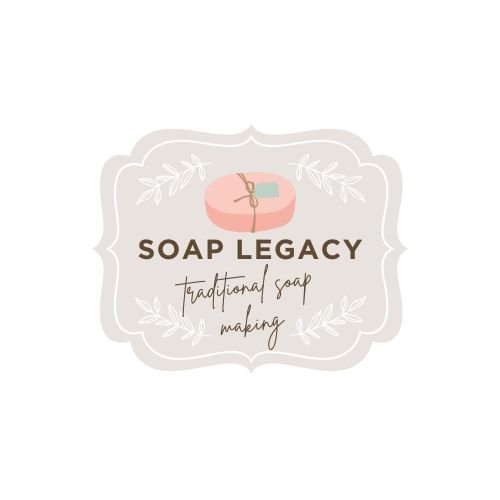

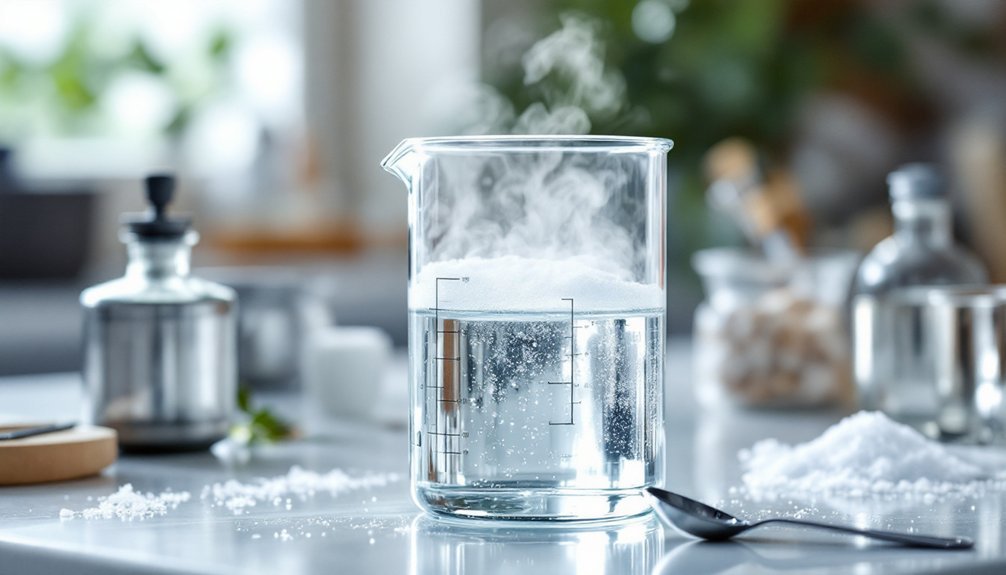
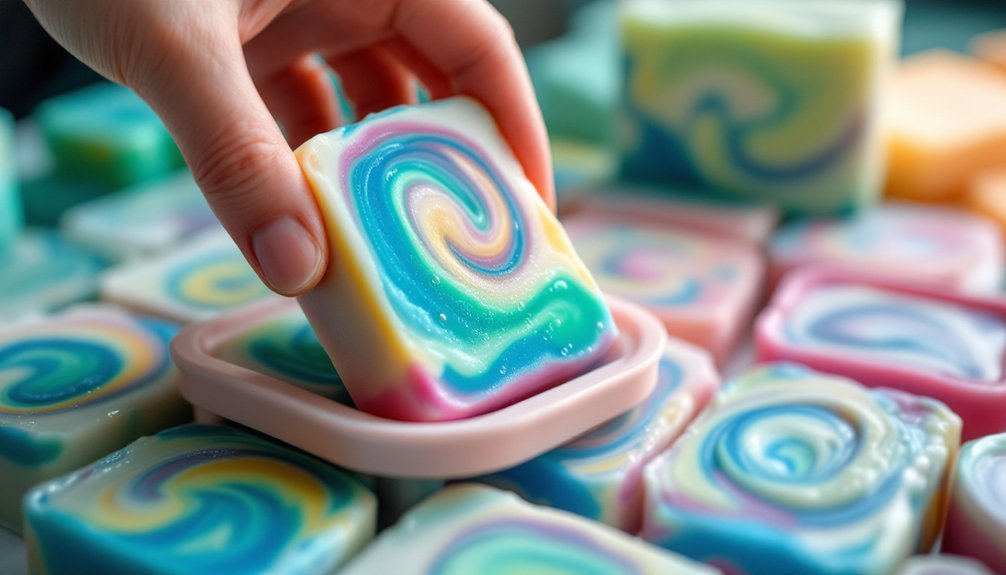

Leave a Reply